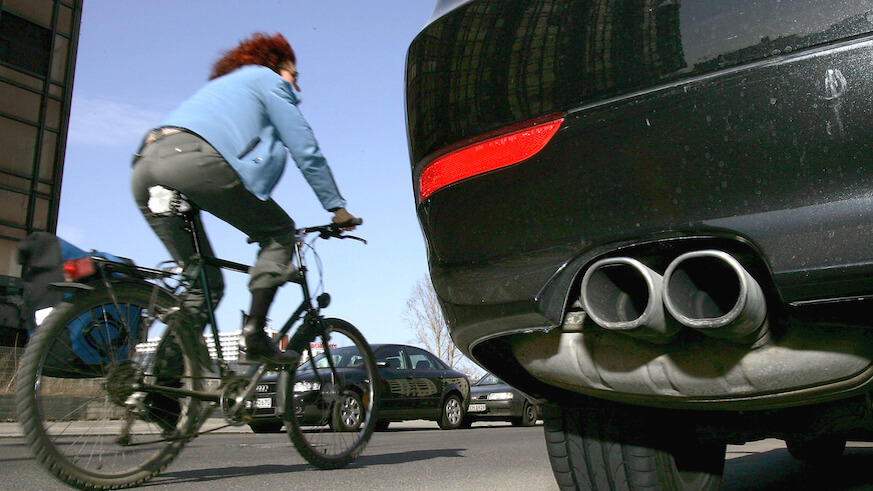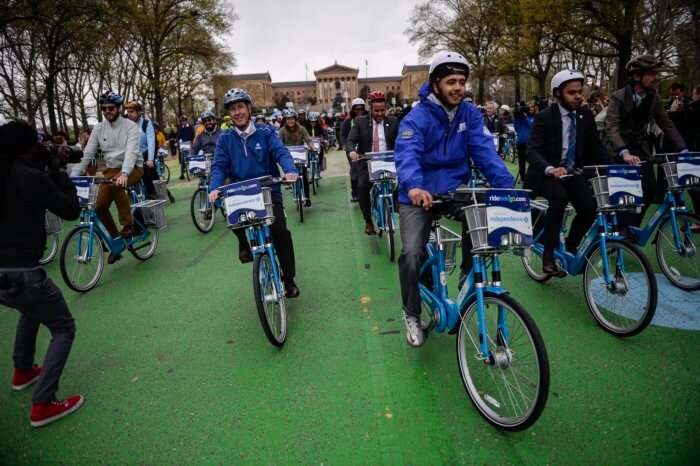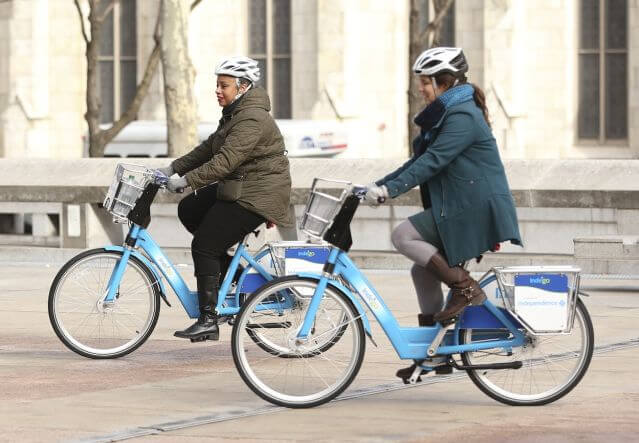Former Pennsylvania Gov. Tom Corbett signed Pennsylvania’s “safe passing” law in 2012, but you wouldn’t necessarily know it. The law, which requires people driving motor vehicles to give 4 feet when passing people on bikes, has yielded little more than anger from those who are aware the law exists. And it did not change behavior on a wide scale. Near misses are a common experience for cyclists.
And as noted by my friend William West in a posting on his blog WestWords Philly, there is now data to show just how frequent “near misses” are for cyclists — a factor that creates both fear for new cyclists and stops the average person from trying out a bicycle as a means of transportation and becoming a bike commuter.
A new study conducted in the U.K. called the Near Miss Project “neatly fills the gap between crash data and our perceptions of danger,” notes West.
Having written about the Near Miss Project on his blog, I’ve largely handed over the rest of this column to West.
“The [Near Miss Project] study was led by Dr. Rachel Aldred, who teaches at Westminster University, which is located in London. She and her colleagues recruited 1,532 participants from across the UK. The participants kept a diary of their cycling on a preselected day and rated any incidents on a scale of 0-3, starting with annoying and ending up with very scary,” West wrote.
The five types of near misses? Being passed too closely, blocked, another vehicle pulls in or out across a cyclist’s path, being driven at, and a near left or right hook. Cyclists experienced an incident once per day, and a “very scary” incident once a week.
“According to the researchers, the data from the Near Miss Project ‘can represent a missing link between perceived risk (how risky people think cycling is) and objective risk (how risky it actually is, in terms of injuries and/or deaths),’” West reported.
It’s worth noting that bicycling — even on city streets — is statistically safe. Because of near misses and, well, the sheer idea of riding alongside gigantic hunks of metal on a daily basis, it’s often perceived or experienced differently. This often keeps potential new riders from getting on a bike for the first time.
If you’re in a car, you may experience near misses that you don’t even perceive. The driver in your rearview could well be asleep at the wheel, and you’d never know. Being on a bicycle allows you to take in your surroundings differently and experience every near miss — misses that, according to the U.K. study, happen often.
And what’s our 5-year-old law doing about it? Virtually nothing. The 4-foot law basically exists to hand out blame after an incident occurs, not to enforce in real time.
“Drivers do thuggish things to bicyclists on a regular basis. And we now have the data to prove it,” added West. “If, once a week, you find yourself inches away from turning into road kill, then I think you have a legitimate beef.”
Randy LoBasso is communications director for the Greater Philadelphia Bicycle Coalition.
































